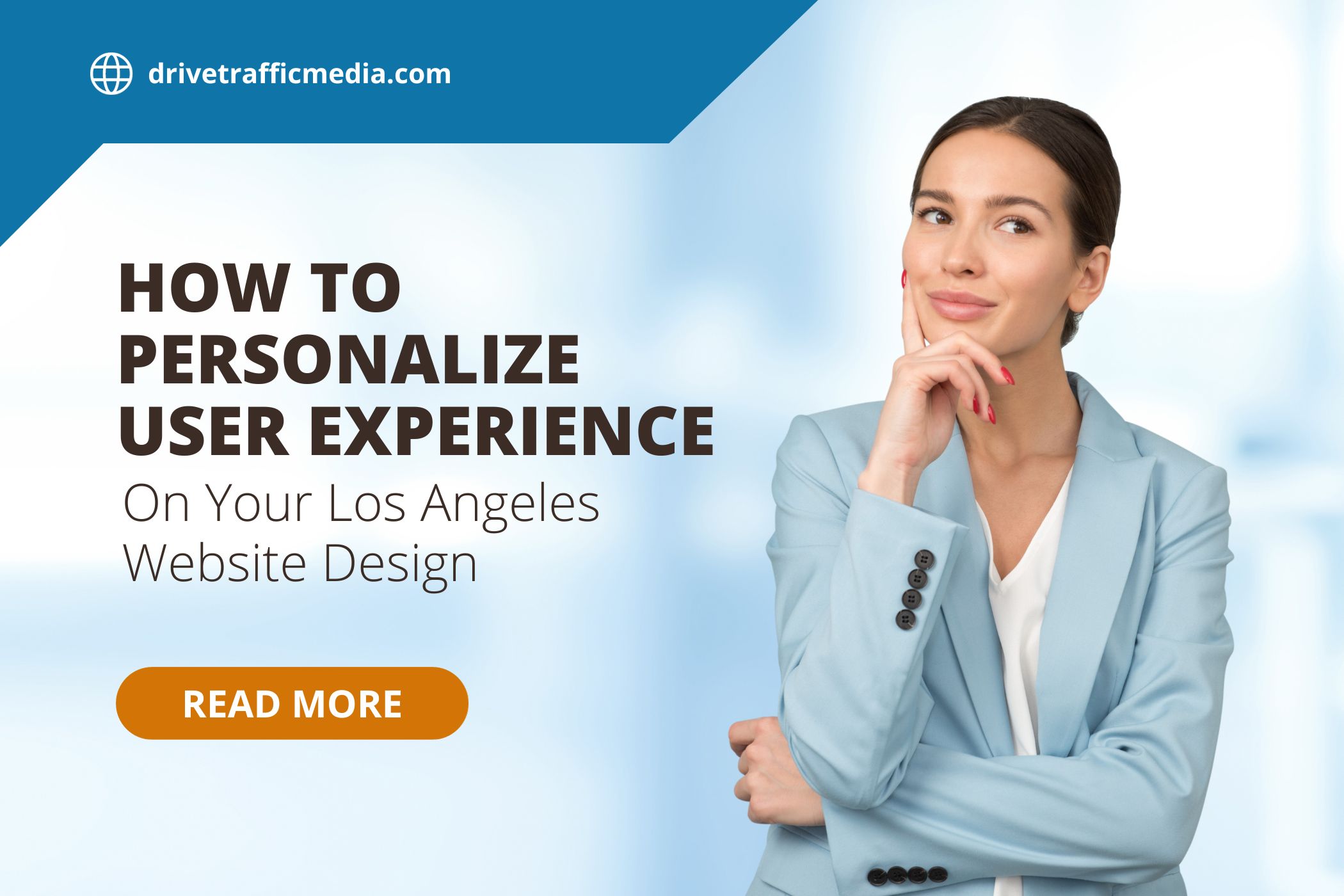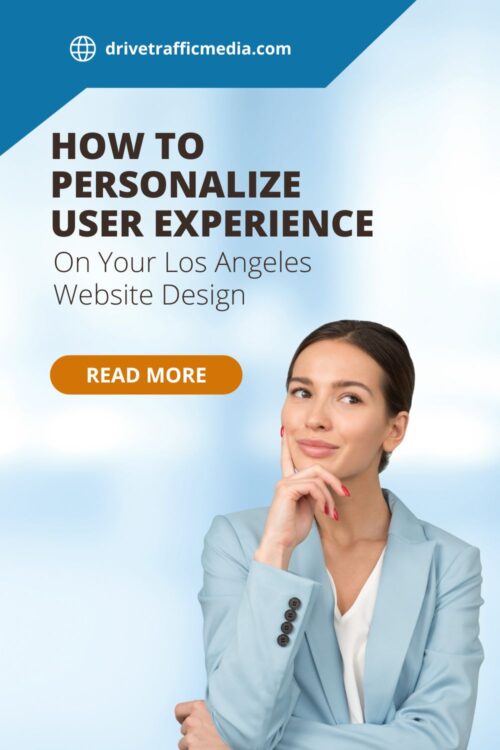Personalizing the user experience on your website design in Los Angeles can be a powerful way to increase engagement and conversion rates. By tailoring content and features to each user’s interests and needs, you can create a more satisfying and practical browsing experience that builds loyalty and trust.
Here are some critical strategies for personalizing your website:
1. Collect User Data
To personalize the user experience, you must first gather data about your visitors. This can include demographic information like age, location, gender, browsing and purchase history, interests, and behavior on your site. You can use various tools to collect this data, including web analytics platforms, surveys, and customer relationship management (CRM) software. It’s important to obtain user data in a transparent way and respectful of privacy regulations.
2. Segment Your Audience
Once you have collected user data, you can segment your audience into groups based on shared characteristics or behaviors. This allows you to create targeted messaging and content more likely to resonate with each group. For example, you might create different landing pages or calls to action for first-time visitors versus repeat customers or segment users based on their interests or purchase history.
3. Personalize Content
One of the most effective ways to personalize the user experience is to tailor the content on your site to each user’s interests and needs. This might include displaying recommended products or content based on their browsing or purchase history, showing relevant blog posts or articles based on their interests, or highlighting promotions or discounts likely to appeal to them. You can also personalize the language and tone of your site to reflect each user’s preferences and personality.
4. Customize the User Interface
Another way to personalize the user experience is to customize the user interface based on each user’s preferences. This might include allowing users to choose their color scheme or font size or offering different navigation options based on browsing history or behavior. You may also use cookies and other tracking technologies to save user preferences and make their next visit more seamless and efficient.
5. Provide Personalized Recommendations
Personalized recommendations can be a powerful way to increase engagement and conversion rates. You might recommend products or services based on each user’s browsing or purchase history or use predictive analytics to suggest items likely to appeal to them. You can also use social proof, such as user reviews and ratings, to reinforce the relevance and value of your recommendations.
6. Test and Iterate
As with any aspect of website design and optimization, it’s essential to test and iterate your personalization strategies to ensure they are effective and well-received by your users. You might conduct A/B tests to compare the performance of different messaging or content strategies or use user feedback and analytics data to refine your approach over time.
Conclusion
In conclusion, personalizing the user experience on your website can be a powerful way to increase engagement, loyalty, and conversion rates. By collecting user data, segmenting your audience, tailoring content and features, customizing the user interface, providing personalized recommendations, and testing and iterating your approach, you can create a more satisfying and practical browsing experience for your users.
If you’d love a website with a tailored experience for your customers, Drive Traffic Media can be of assistance. We are a digital marketing company in Los Angeles with expertise in not just web design but also search engine optimization, pay-per-click marketing, and more! Call us now at (949) 800-6990 or (310) 341-3939.
Read the related blog here: https://www.drivetrafficmedia.com/5-ways-to-improve-your-business-with-personalization-techniques/

